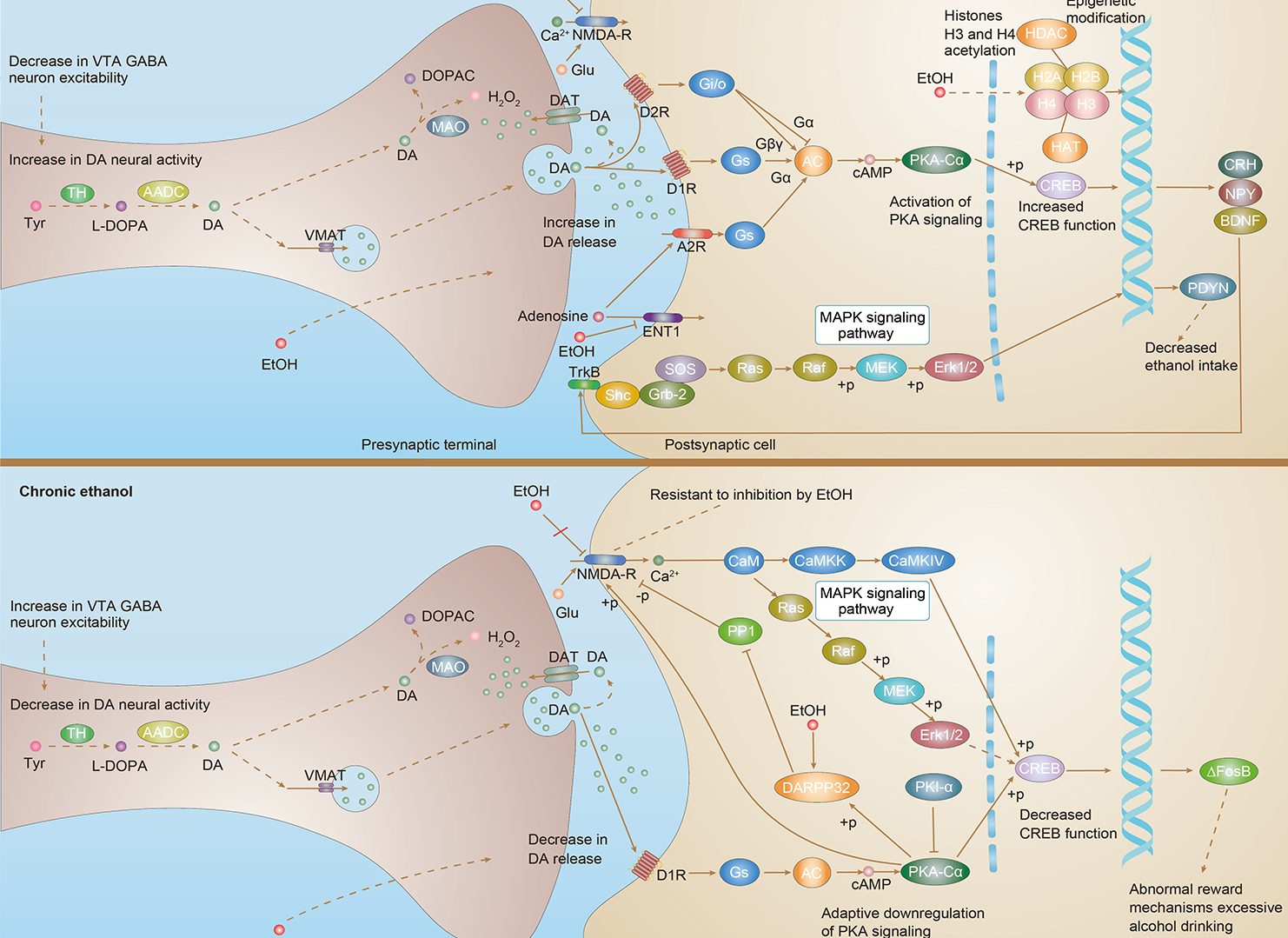Mouse Anti-HDAC9 Recombinant Antibody (VS3-CJ11)
CAT#: VS3-CJ11
This product is a mouse antibody that recognizes HDAC9.








Specifications
- Immunogen
- Recombinant fragment of human HDAC9 (C-terminus)
- Host Species
- Mouse
- Type
- Mouse IgG
- Specificity
- Human HDAC9
- Species Reactivity
- Human
- Applications
- WB, ELISA
- Conjugate
- Unconjugated
Product Property
- Purification
- Protein G affinity purified
- Purity
- >95% as determined by SDS-PAGE
- Format
- Liquid
- Concentration
- 1 mg/mL (lot specific)
- Buffer
- 50% Glycerol, 1% BSA, PBS, pH7.4.
- Preservative
- 0.02% sodium azide
- Storage
- Store at 4°C for short term. Aliquot and store at -20°C for long term. Avoid repeated freeze/thaw cycles.
- Shipping
- Ice packs
Applications
- Application Notes
- This antibody has been tested for use in ELISA (1:5000-1:20000), Western Blot (1:100-1:2000).
Target
- Alternative Names
- HD7; HD9; HD7b; HDAC; HDRP; MITR; HDAC7; HDAC7B; HDAC9B; HDAC9FL
- Gene ID
- 9734
- UniProt ID
- Q9UKV0
- Sequence Similarities
- Belongs to the histone deacetylase family. HD type 2 subfamily.
- Cellular Localization
- Nucleus
- Post Translation Modifications
- Phosphorylated on Ser-220 and Ser-450; which promotes 14-3-3-binding, impairs interaction with MEF2, and antagonizes antimyogenic activity. Phosphorylated on Ser-240; which impairs nuclear accumulation (By similarity).
Isoform 7 is phosphorylated on Tyr-1010. Phosphorylated by the PKC kinases PKN1 and PKN2, impairing nuclear import.
Sumoylated.
- Protein Refseq
- NP_001191073.1; NP_001191074.1; NP_001191075.1
- Function
- Responsible for the deacetylation of lysine residues on the N-terminal part of the core histones (H2A, H2B, H3 and H4). Histone deacetylation gives a tag for epigenetic repression and plays an important role in transcriptional regulation, cell cycle progression and developmental events. Represses MEF2-dependent transcription.
Isoform 3 lacks active site residues and therefore is catalytically inactive. Represses MEF2-dependent transcription by recruiting HDAC1 and/or HDAC3. Seems to inhibit skeletal myogenesis and to be involved in heart development. Protects neurons from apoptosis, both by inhibiting JUN phosphorylation by MAPK10 and by repressing JUN transcription via HDAC1 recruitment to JUN promoter.
Customer Review
There are currently no Customer reviews or questions for VS3-CJ11. Click the button above to contact us or submit your feedback about this product.
Submit Your Publication
Published with our product? Submit your paper and receive a 10% discount on your next order! Share your research to earn exclusive rewards.
Related Diseases
Downloadable Resources
Download resources about recombinant antibody development and antibody engineering to boost your research.
Product Notes
This is a product of Creative Biolabs' Hi-Affi™ recombinant antibody portfolio, which has several benefits including:
• Increased sensitivity
• Confirmed specificity
• High repeatability
• Excellent batch-to-batch consistency
• Sustainable supply
• Animal-free production
See more details about Hi-Affi™ recombinant antibody benefits.
Datasheet
MSDS
COA
Certificate of Analysis LookupTo download a Certificate of Analysis, please enter a lot number in the search box below. Note: Certificate of Analysis not available for kit components.
Isotype Control
- CAT
- Product Name
Secondary Antibody
- CAT
- Product Name
Recommended Dilution Buffer
- CAT
- Product Name
See other products for "HDAC9"
Select a product category from the dropdown menu below to view related products.
| CAT | Product Name | Application | Type |
|---|---|---|---|
| MOR-1580 | Rabbit Anti-HDAC9 Recombinant Antibody (clone DS1580AB) | ICC, IF, IHC-P, WB | Rabbit IgG |
| CAT | Product Name | Application | Type |
|---|---|---|---|
| MRO-0726-CN | Rabbit Anti-HDAC9 Recombinant Antibody (clone JU30-44) | WB, IF, IHC, IP | Rabbit IgG |
| ZG-0713J | Rabbit Anti-HDAC9 Recombinant Antibody (clone 1F2) | ELISA, WB, IHC, IF | Rabbit IgG |
| VS3-XY801 | Mouse Anti-HDAC9 Recombinant Antibody (clone B486A1) | ELISA, WB, FC | Mouse IgG1 |
| VS3-FY664 | Recombinant Rabbit Anti-HDAC9 Antibody (clone R01-8I6) | WB, IHC-P | Rabbit IgG |
| VS7-0425-WR29 | Mouse Anti-HDAC9 Recombinant Antibody (clone 2B7C4) | FC | Mouse IgG1 |
| CAT | Product Name | Application | Type |
|---|---|---|---|
| VS-0525-XY3103 | Anti-HDAC9 Immunohistochemistry Kit | IHC | |
| VS-0525-XY3104 | Anti-Mouse HDAC9 Immunohistochemistry Kit | IHC | |
| VS-0525-XY3105 | Anti-Rat HDAC9 Immunohistochemistry Kit | IHC |
Popular Products

Application: FC, Cyt, Stim, PP, Agonist

Application: WB, ELISA, IP, FC, FuncS, Neut, IF

Application: Neut, ELISA, IF, IP, FuncS, FC, ICC

Application: ELISA, FC, IP, FuncS, IF, Neut, ICC

Application: WB, ELISA, FC, IP, FuncS, IF, Neut

Application: WB, ELISA, FC, IHC, IP

Application: FC, FRET, Internalization

Application: Neut, ELISA, FuncS

Application: ELISA, WB, Microarray, Block

Application: ELISA, FC, WB, Inhib, IHC

Application: Neut, FuncS, IHC, ELISA, FC, Inhib

Application: ELISA, IHC, IF, IP

Application: ELISA, FC, FuncS
For research use only. Not intended for any clinical use. No products from Creative Biolabs may be resold, modified for resale or used to manufacture commercial products without prior written approval from Creative Biolabs.
This site is protected by reCAPTCHA and the Google Privacy Policy and Terms of Service apply.











 Alcoholism
Alcoholism











